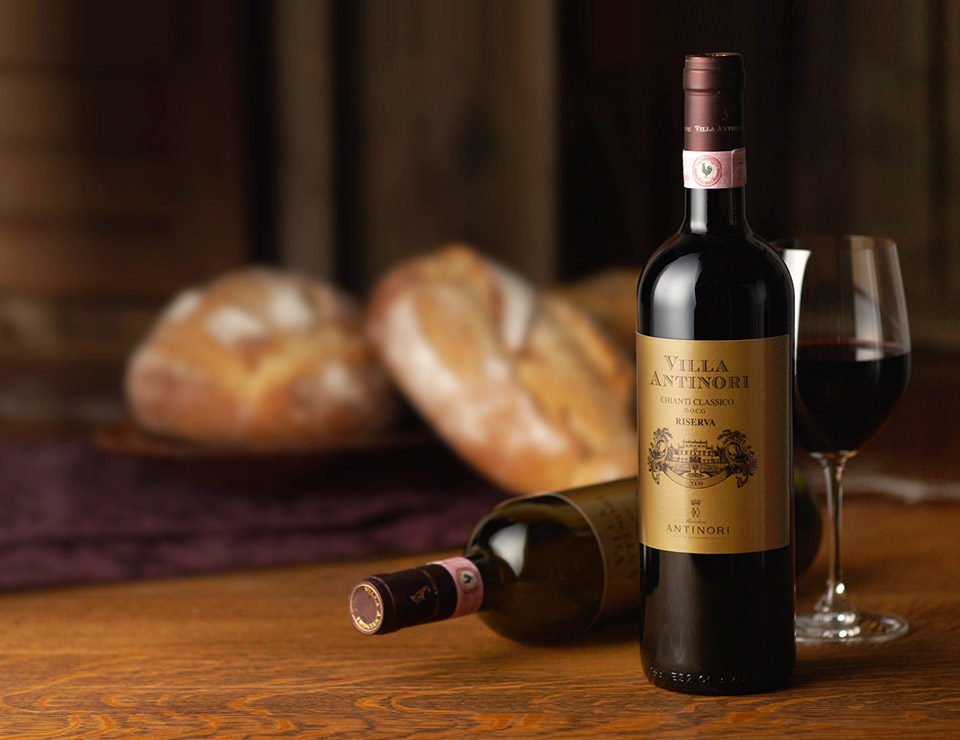Decanting is the process of transferring the wine from its bottle into another vessel. Usually decanters are glass and bulbous at the bottom — like a plump flower vase. Decanting can separate the wine from the sediment — in addition to aerating the wine, which softens a wine's aroma and flavor by introducing oxygen.
As a fine wine ages, natural particulates from the fermenting process, called "sediment," can build up in the bottle. It's perfectly normal and often happens with good wines. Many winemakers believe that sediment adds to a wine's complexity and choose not to filter it out. Sediment can give a wine an unpleasant mouth feel, but there's an easy solution: decanting.

All red wines can be decanted and it's a matter of preference or restaurant procedure on what to decant and when. Here's how to decant a bottle when you're worried about sediment:
Decanting for aroma and flavor works best on red wines that are young, bold and tannic like Syrahs and Cabernet Sauvignons. Exposing these wines to air will "soften" them and encourage more complex aromas that might otherwise take years of aging to develop.